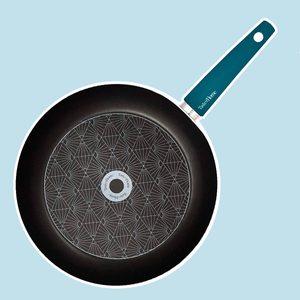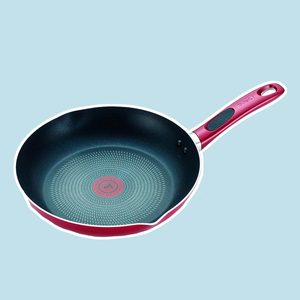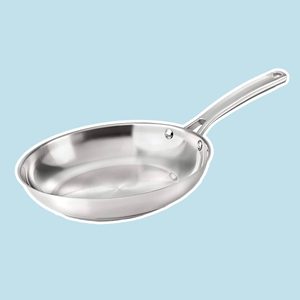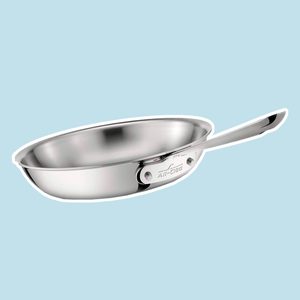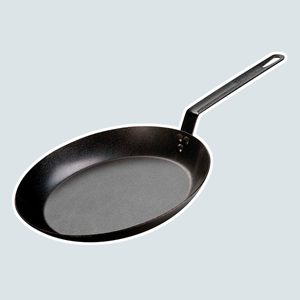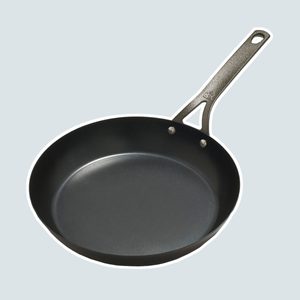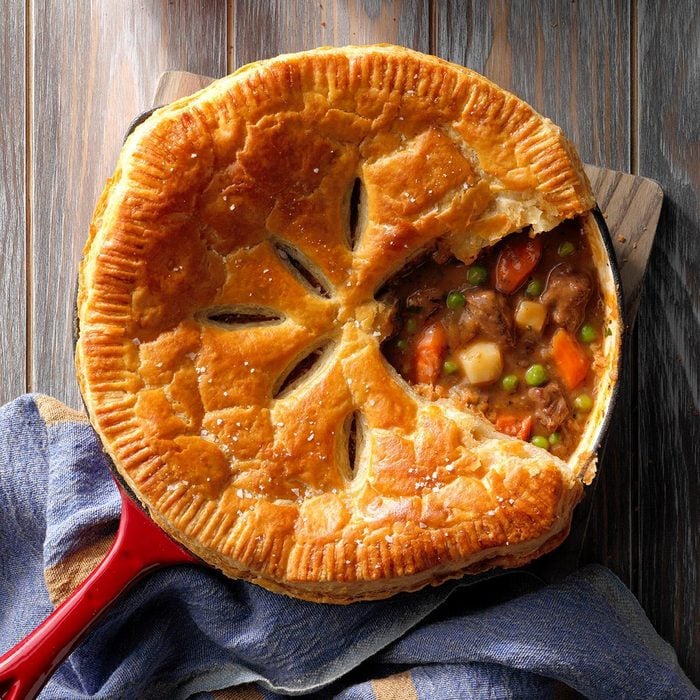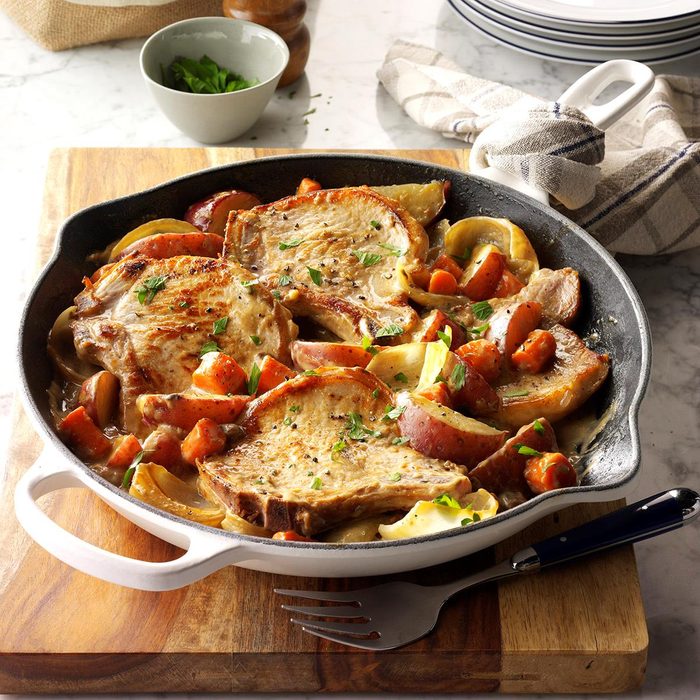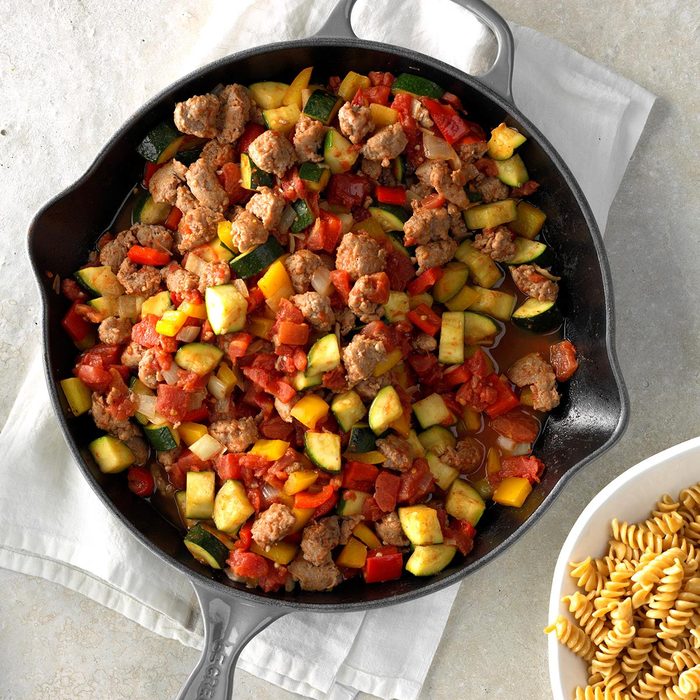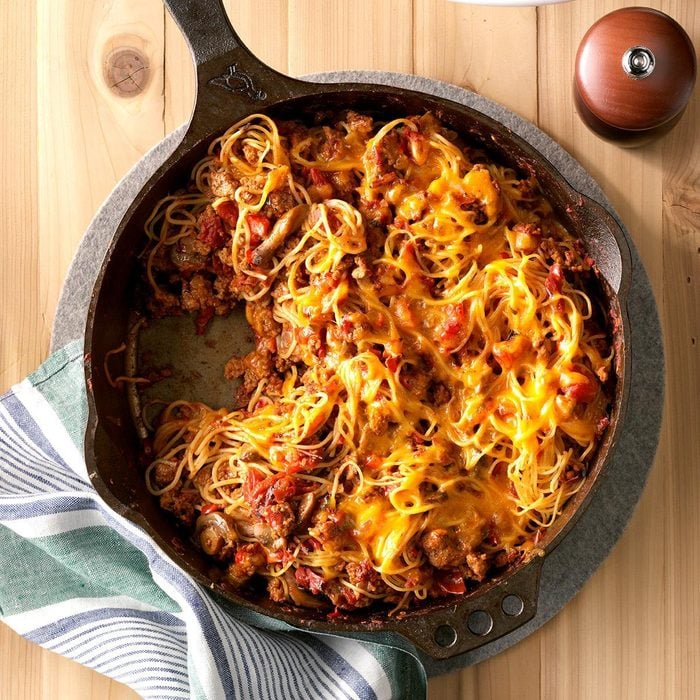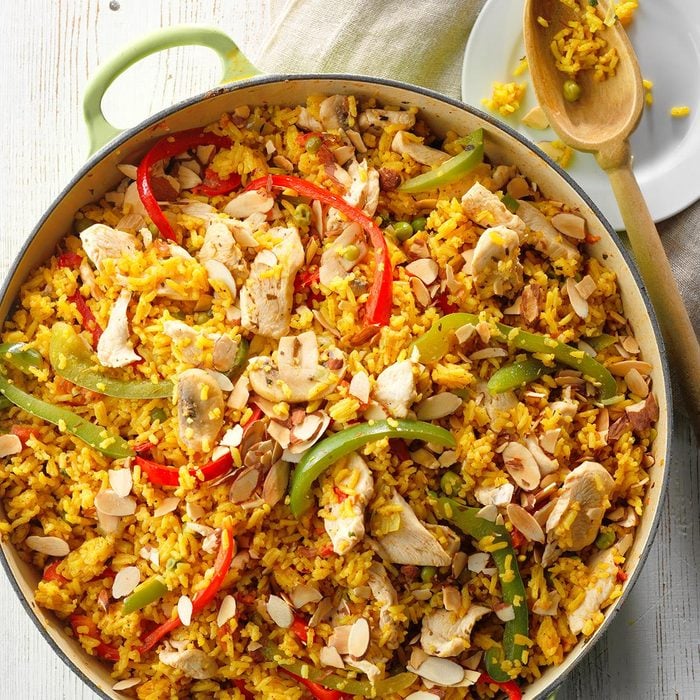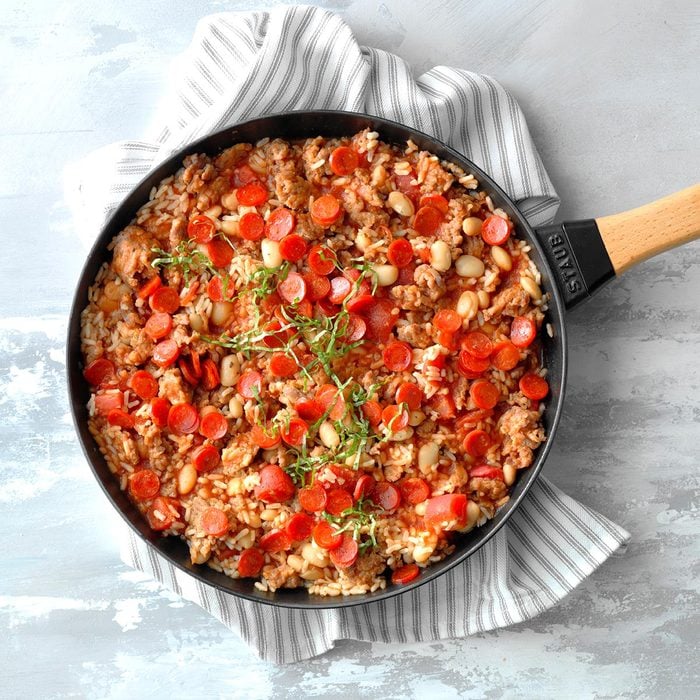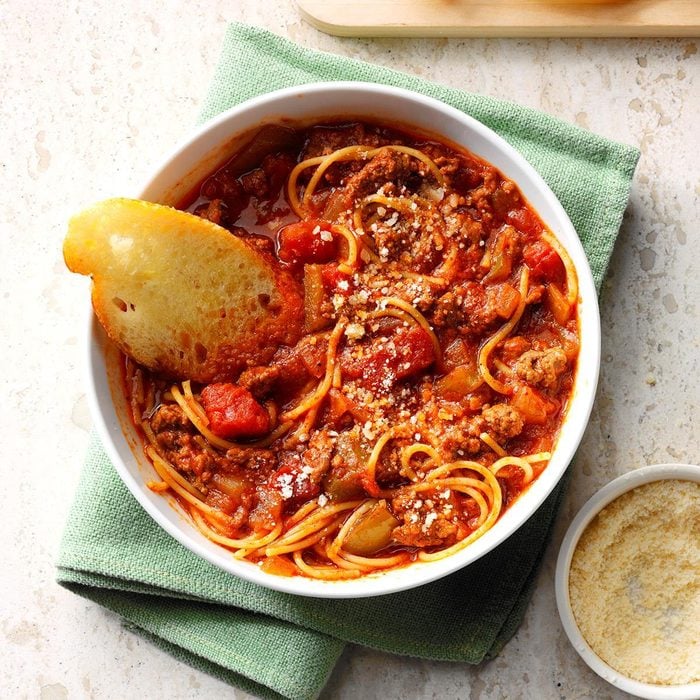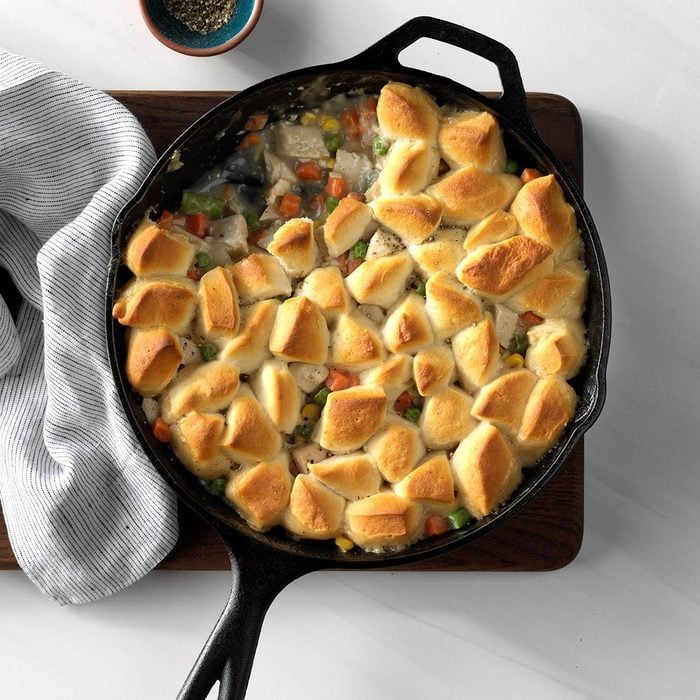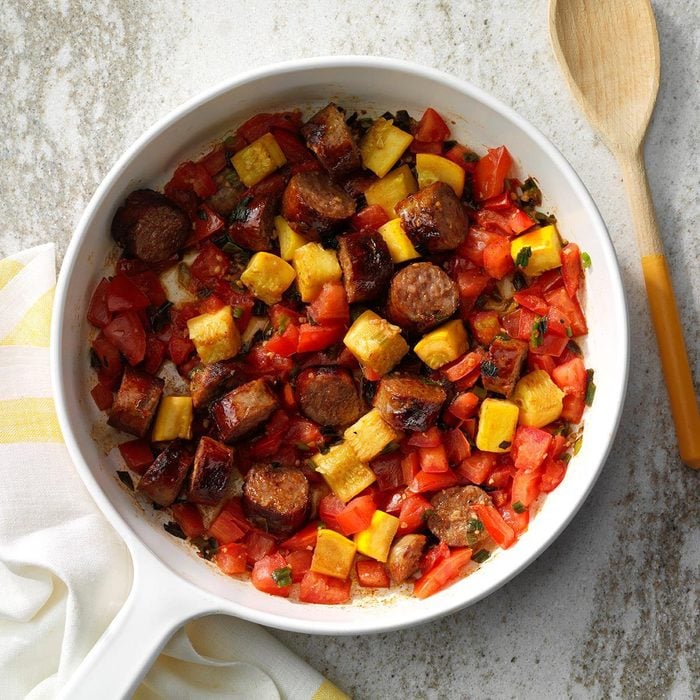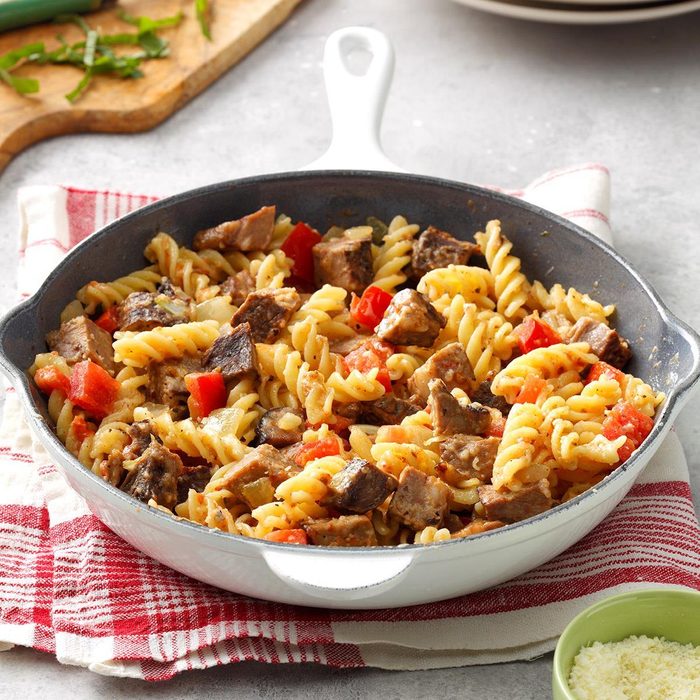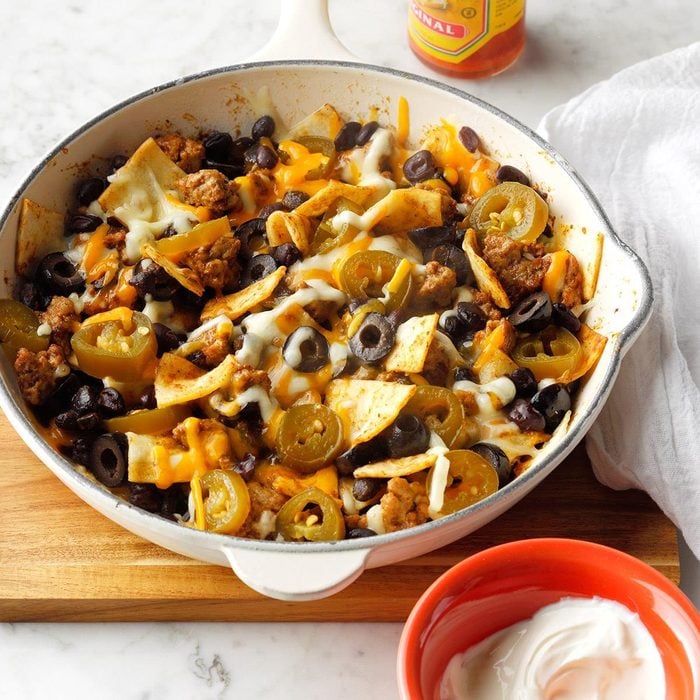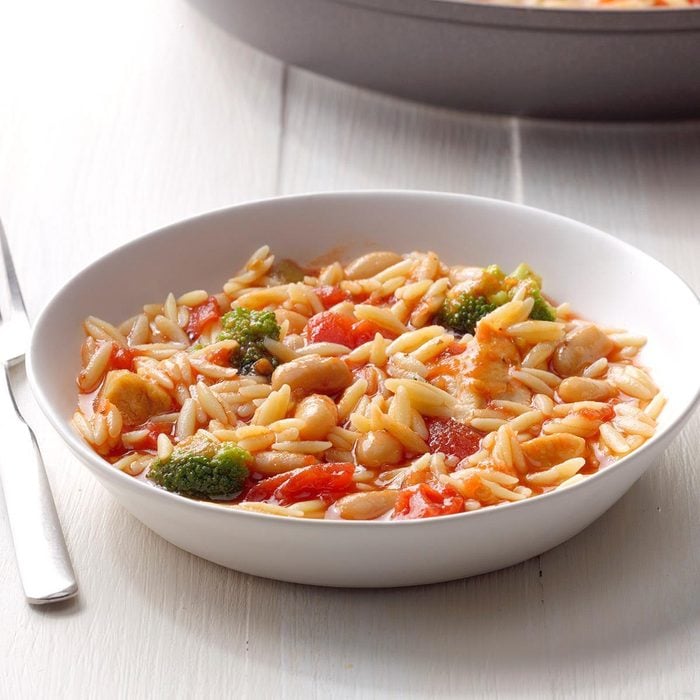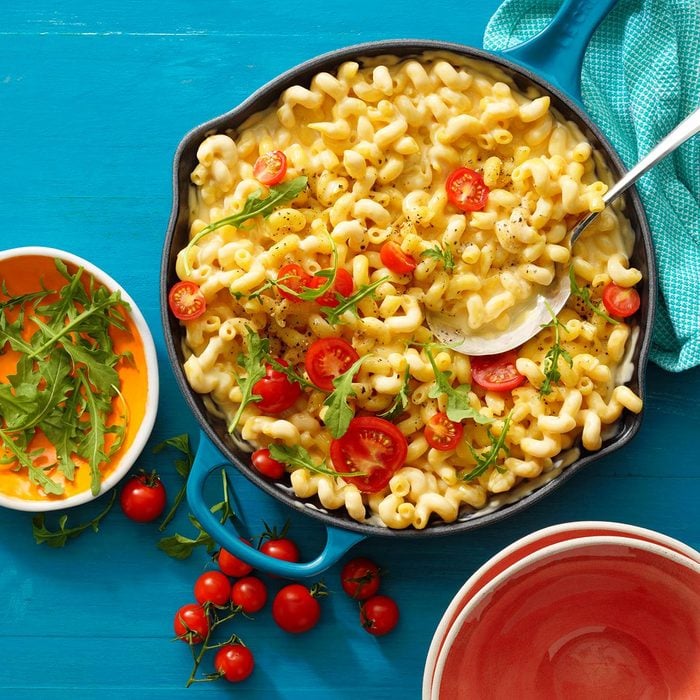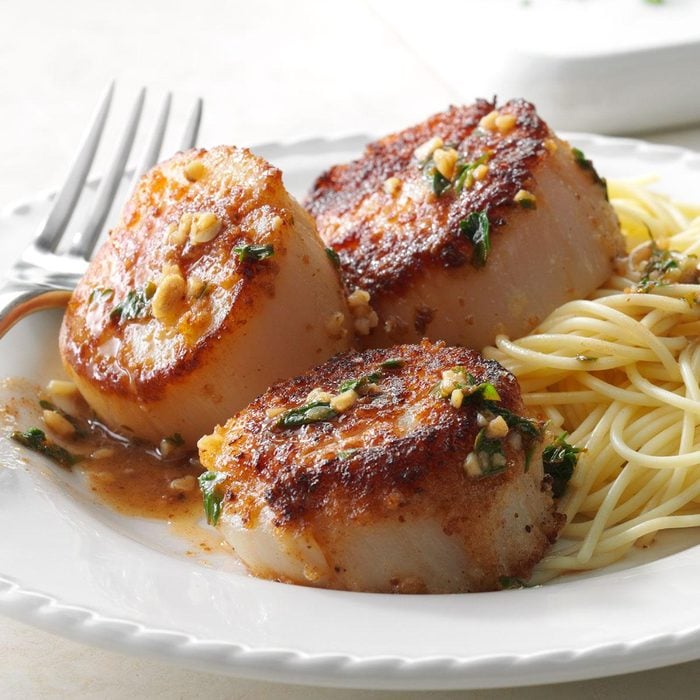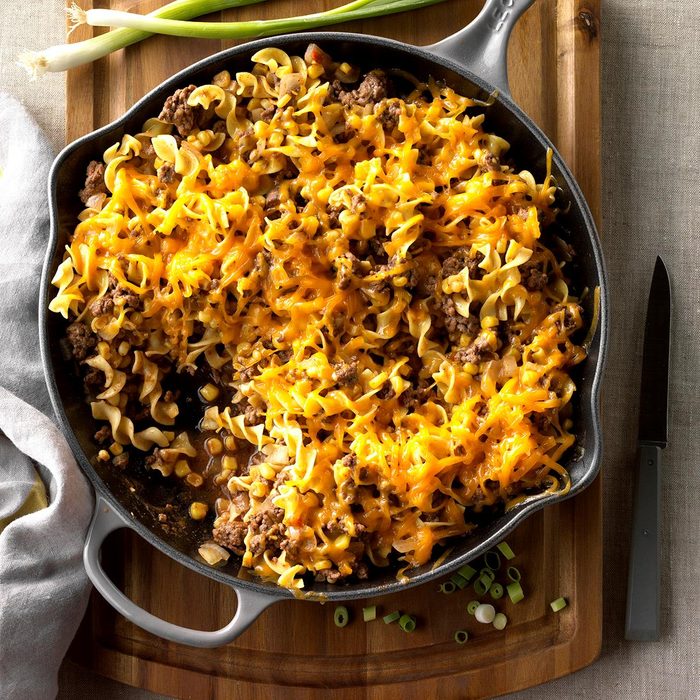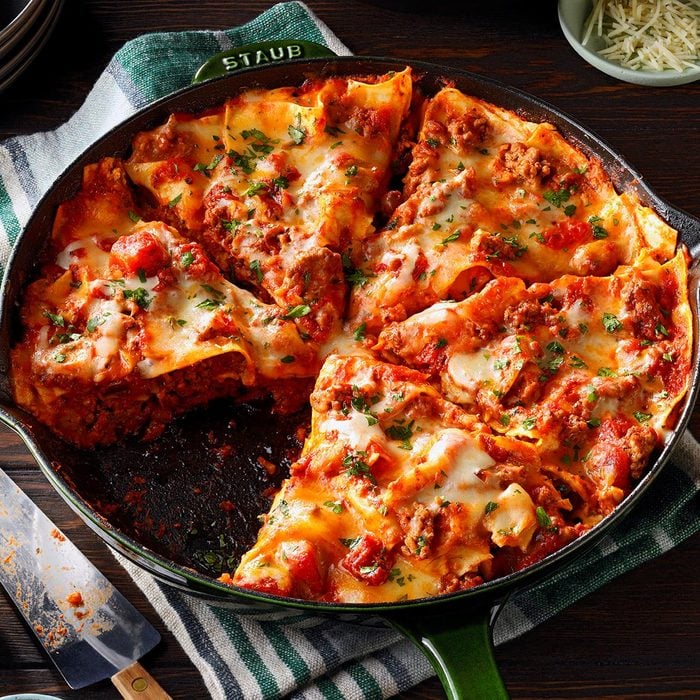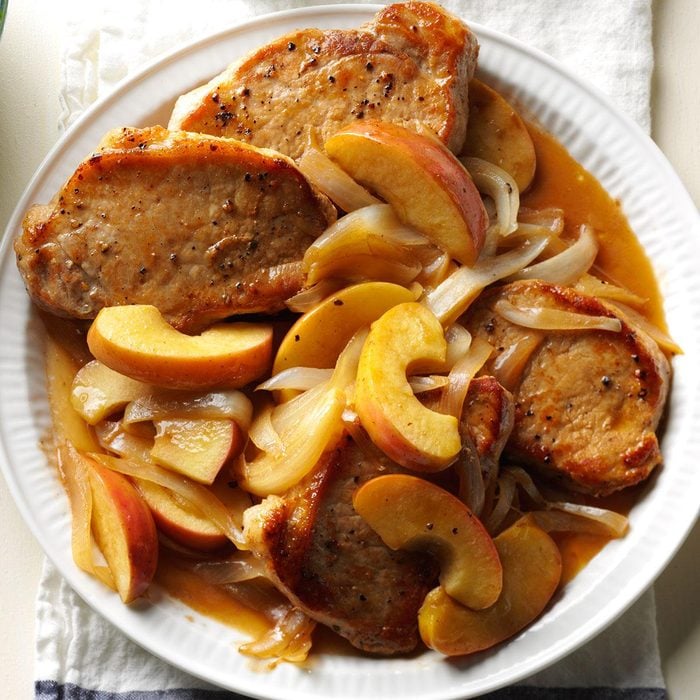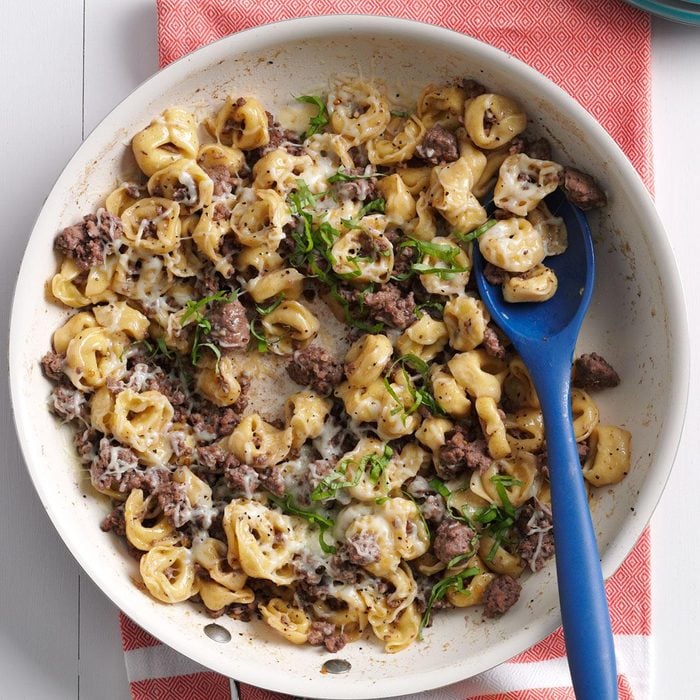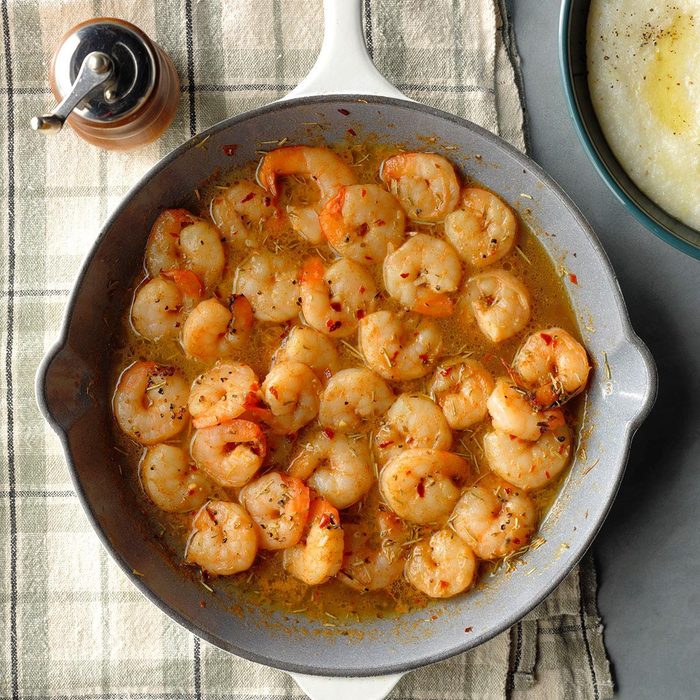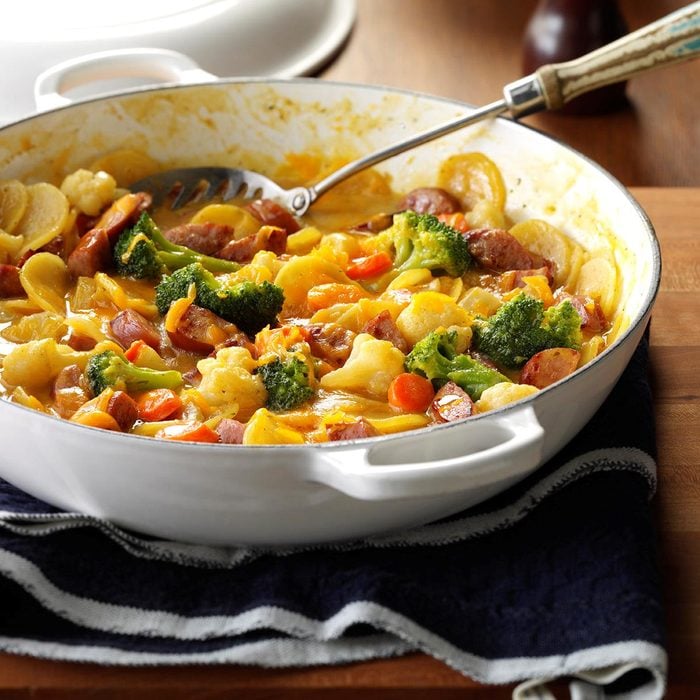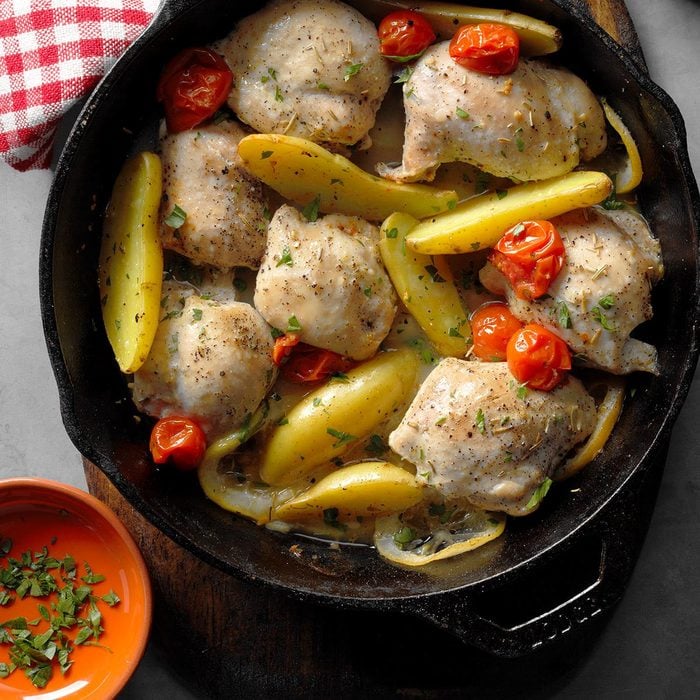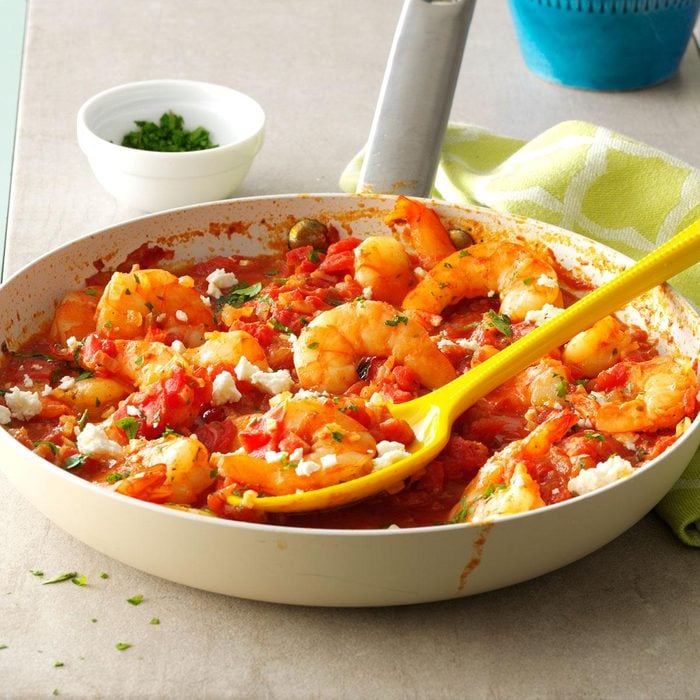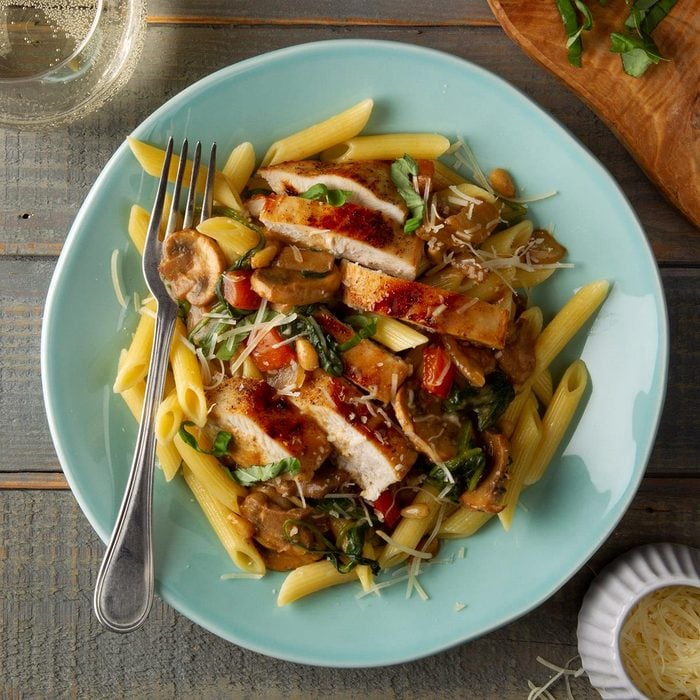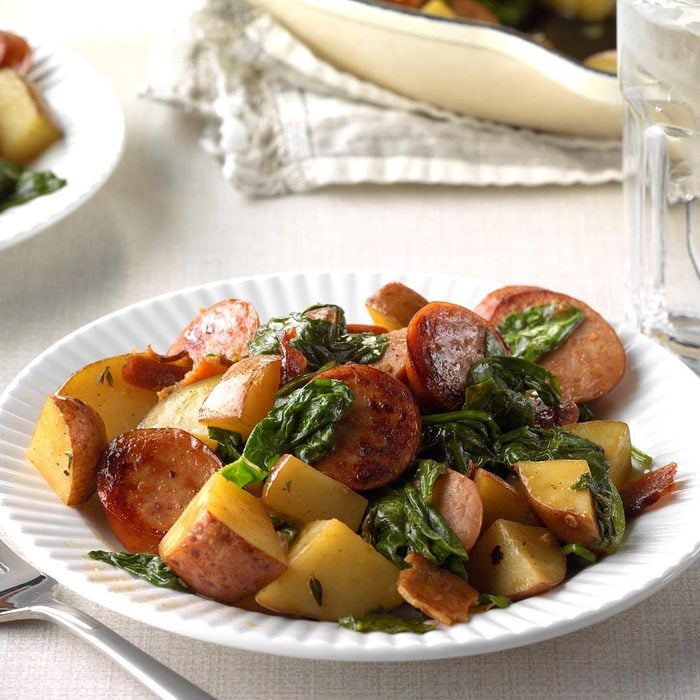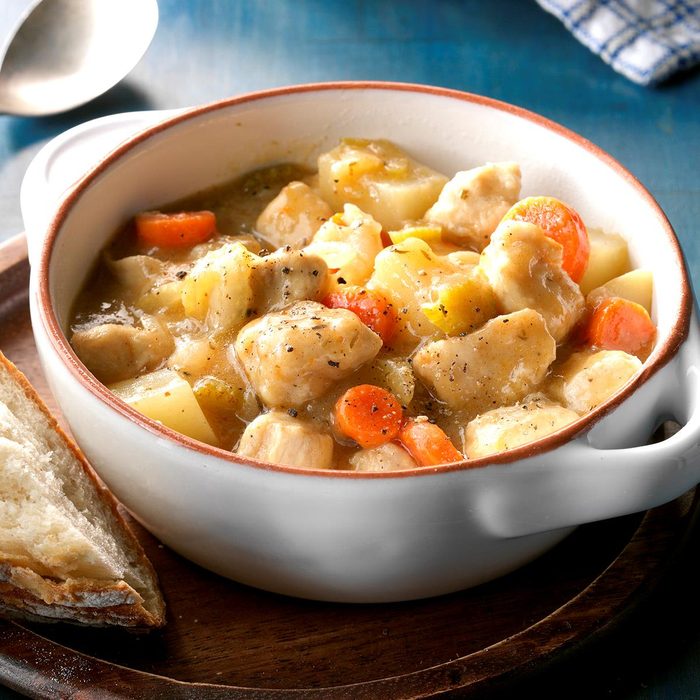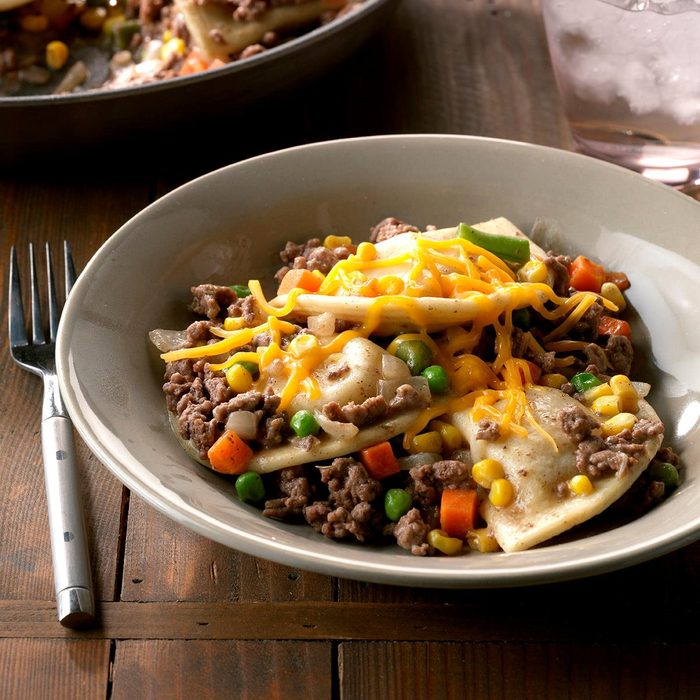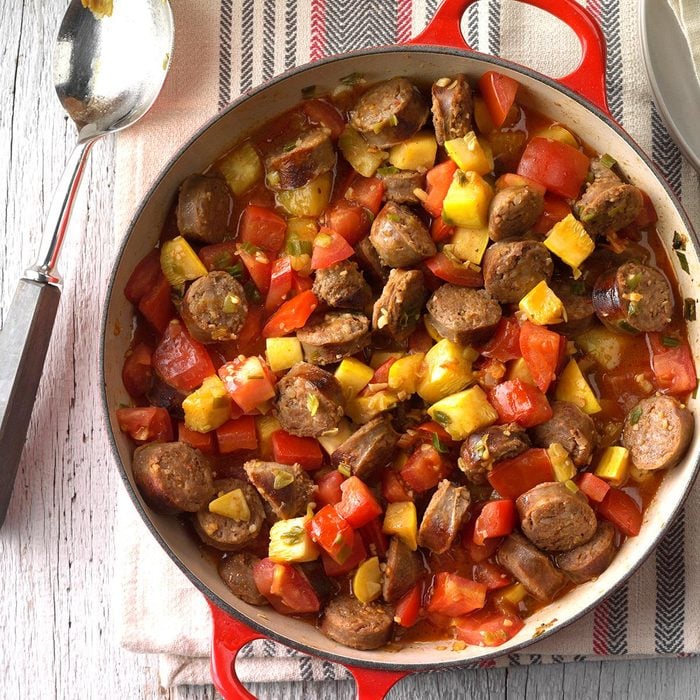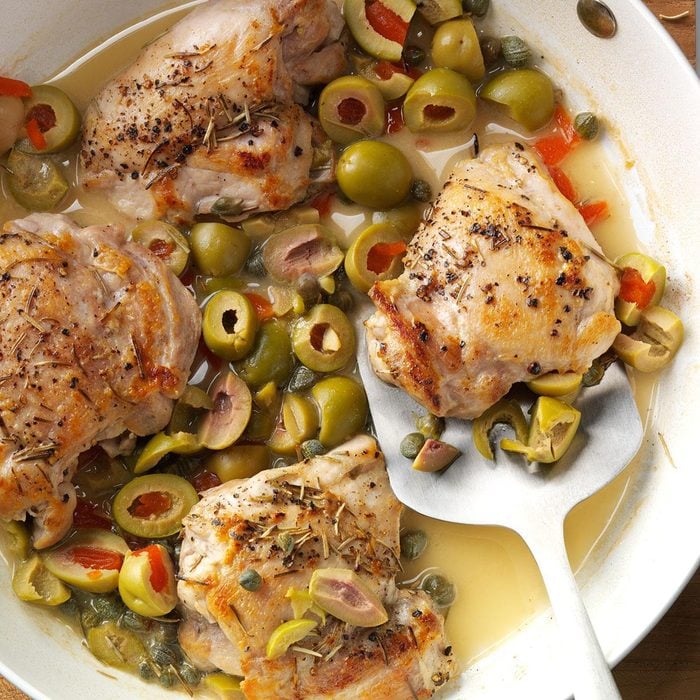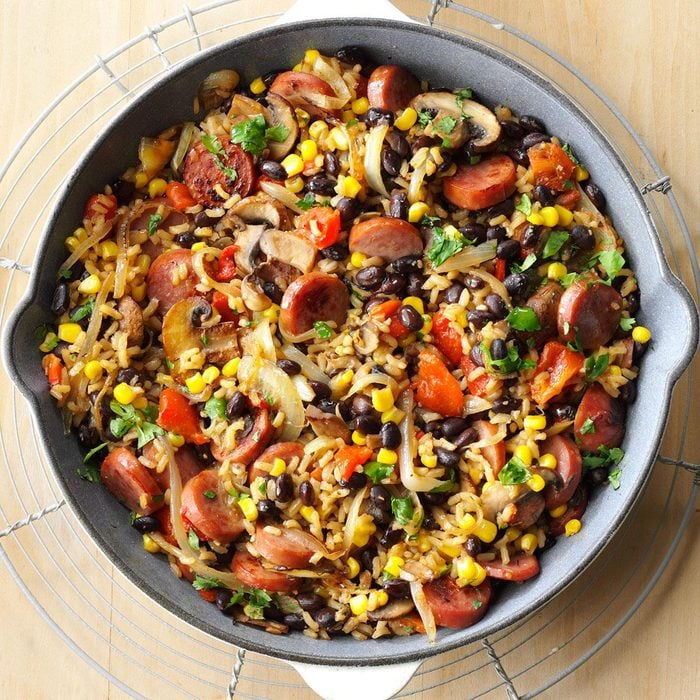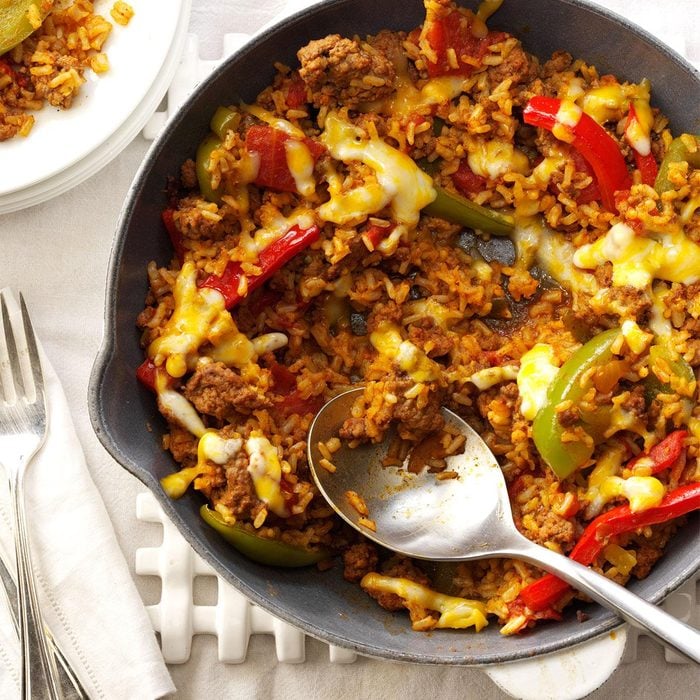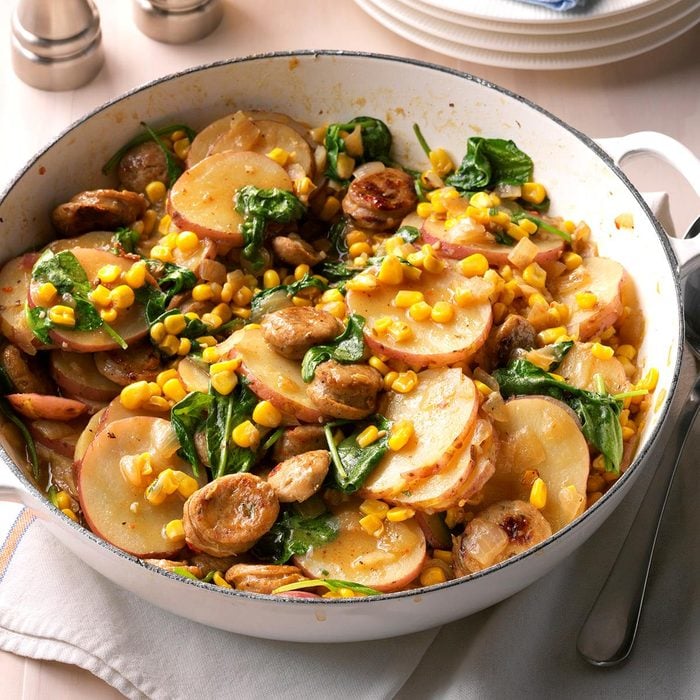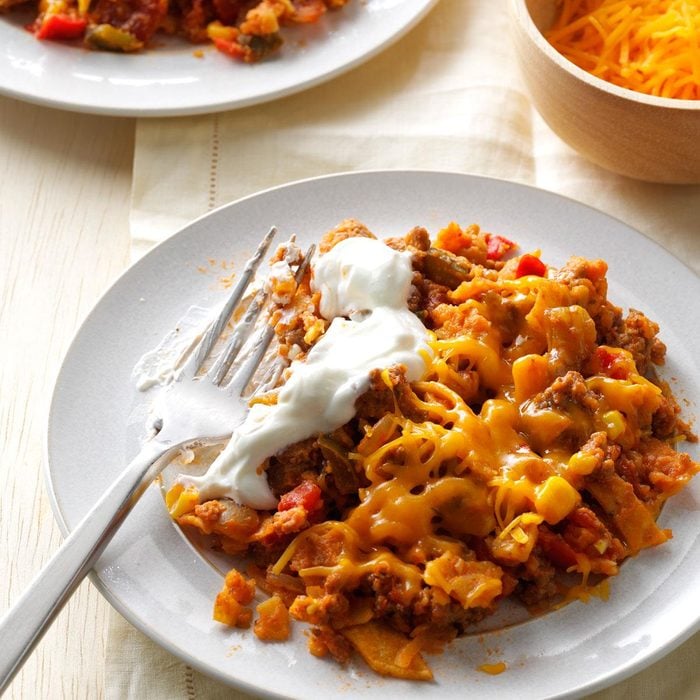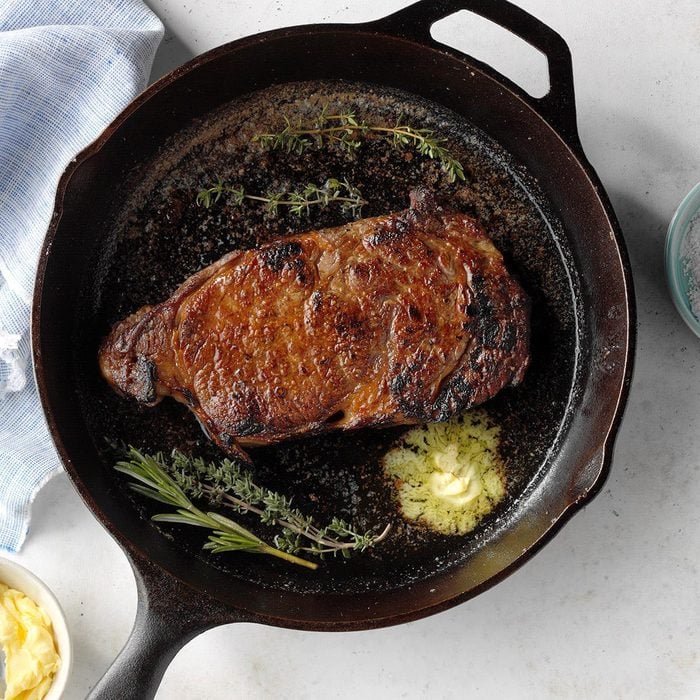The Best Frying Pan for You and Your Cooking Style
Updated: Apr. 21, 2024
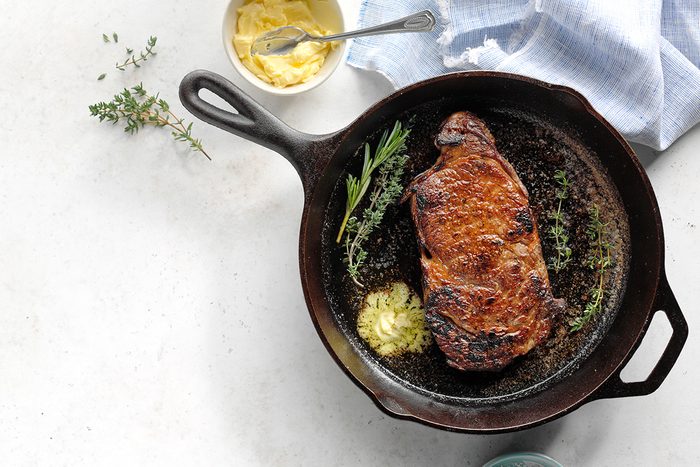
With so many choices, it's hard to know the best kind of frying pan to buy. We're breaking down each type of material to look for when making your next purchase.
Our editors and experts handpick every product we feature. We may earn a commission from your purchases.Learn more.
When you’re in the market for a new frying pan, the choices seem limitless. There are so many types of cookware to choose from. Do you want large or small? Nonstick? Stainless? Cast iron? There’s a lot to consider. However, finding the best frying pan for your needs all depends on your cooking style, budget and how much maintenance you’re willing to do to keep your skillets looking sharp.
This guide will walk you through the best pans for different needs, and you’re sure to find one (or even two) worth keeping in your cupboards.
What to Consider When Finding the Best Frying Pan for You
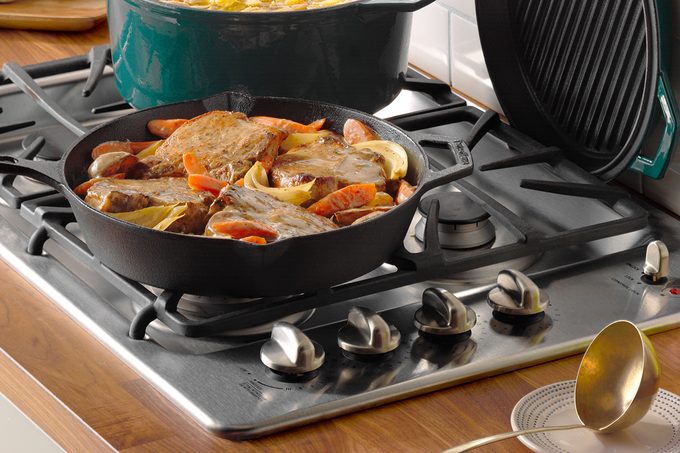
Before you hit up your favorite kitchen store, ask yourself a few questions:
- How big of a pan do I want?
- What will I be cooking in it?
- Do I want low-maintenance cookware?
These simple questions will help guide you as you make your selections. You may find that while shopping that you might want more than one thing. That’s OK! Many home cooks keep a few different skillets on hand for different needs. For instance, you might want a small nonstick skillet for a few eggs in the morning and a heavy-duty skillet for searing steaks.
Frying Pan Materials: Which Works Best for Your Cooking?
The biggest consideration to keep in mind is the material of the skillet. This will impact your cooking the most. There are a lot of options out there, so be sure to check the pros and cons to see how they’ll work in your kitchen.
Uncoated Aluminum
Overall, our Test Kitchen recommends steering clear of uncoated aluminum pans. These pans are lightweight, heat quickly and unevenly. They also react with acidic ingredients like tomatoes and lemon juice, so they aren’t great all-purpose pan.
Aluminum does have a place on your cooktop, though. It’s often a part of tri-ply and nonstick pans—but we’ll walk through those separately.
Nonstick-Coated
Aluminum pans coated with polytetrafluoroethylene (more commonly referred to as PTFE or Teflon) provide you with a nonstick cooking surface—even when you use little to no oil. They’re designed to cook delicate foods like fish, eggs or crepes. If you regularly cook eggs, these pans are a must. They even make omelets a breeze.
Nonstick aluminum pans are inexpensive but a bit high-maintenance: They must be washed by hand and you can’t use any metal utensils with them. Scratching the surface of these pans can cause the coating to flake which you want to avoid.
Pros
- Heats up quickly
- Food won’t stick
- Lightweight
- Easy to clean
- Conducive to low-fat or low-oil cooking
- Affordable
Cons
- Metal utensils can scratch the coating
- Cannot be used in the oven
- Handwash only, even if the pan says dishwasher safe
Recommended Nonstick Pans
Ceramic-Coated
Ceramic coated pans are often referred to as “green” nonstick pans. They are coated with a silica-based gel made from sand, creating a slick, nonstick surface without the use of chemical coatings. These pans are best used for lower temperature cooking—no searing here.
These are a good option for when you want nonstick functionality without chemicals.
Pros
- Nonstick
- Lightweight
- Easy to clean
Cons
- Not built for high-heat cooking
- Metal utensils can scratch the coating
- Cannot be used in the oven
- Handwash only, even if the pan says dishwasher safe
Recommended Ceramic-Coated Pans
Hard-Anodized
Hard-anodized aluminum pans are another nonstick option. These pans get their nonstick properties not from any kind of coating but by the way they are manufactured; this process also makes them stronger than normal aluminum. You can get a decent sear in hard-anodized aluminum while also getting the nonstick properties you want for dishes like pancakes and eggs. It’s a good all-purpose cookware. You can use any utensil you like with these pans and cook with higher heat—though be wary of putting them in the oven.
Pros
- Easy to clean
- Great all-purpose cookware
- Can handle high heat
- Durable
Cons
- Requires mild soap for cleaning (no harsh cleaners)
- More expensive than more basic cookware
Recommended Hard-Anodized Pans
Stainless Steel
Stainless steel is a great all-purpose frying pan material, although stainless steel alone is not a good conductor of heat. Look for tri-ply or multi-ply pans made by fusing multiple layers of metal, usually stainless steel, aluminum and sometimes copper. This makes them heavier than the single-layered pans, but they’re still lighter-weight than cast iron. Stainless steel pans are ideal for searing meat, making pan sauces and cooking foods in the oven. Because these pans aren’t coated, you can use any utensils you like when cooking with them, but be aware you’ll need to grease these pans—food is prone to sticking to them.
If you avoid these common stainless steel cooking tips and maintenance mistakes, your cookware should last you for a very long time. And if you’ve turned the heat up too high, here’s how to deal with the discoloration of stainless steel due to heat.
Pros
- Durable and with a long lifespan
- Non-reactive
- Rust and scratch-resistant
- Oven safe
- Dishwasher safe
Cons
- Food is prone to stick (unless you grease them!)
- Discolors with heat stains when used at higher temperatures
- Can be expensive, especially tri-ply and multi-ply pans
Recommended Stainless Steel Pans
Cast Iron
Cast-iron pans are a must in any kitchen. These heavy-duty pans are well suited for so many dishes (try cast iron desserts!). Cast-iron pans are great at distributing heat so you can cook food evenly. They are also perfect for getting a great sear on dishes like pan-fried chicken and cast-iron skillet steak. But don’t limit yourself to just searing proteins, try skillet meals, breads and more. Don’t be shy to break out this pan for all occasions, especially since they go easily from stovetop to oven (even over the campfire).
These pans do require a bit of extra care, but some basic cleaning tips and regular seasoning will keep this pan in circulation for a long time.
Pros
- Durable
- Versatile
- Even heat distribution
- Safe for use at high temperatures, even in the oven or over the fire
- Stays hot for extended periods of time
Cons
- Heavy (though a few lightweight cast-iron skillets do exist!)
- Ongoing care and maintenance required
- Reactive to acidic foods, unless it has an enameled finish or is very well seasoned
- Not dishwasher safe
Recommended Cast-Iron Pans
Carbon Steel
Carbon steel is very similar to cast iron. These pans, like their cast-iron cousins, require seasoning and become more nonstick over time. If they’re seasoned properly, they can be used for anything from fish and eggs to meats and vegetables.
Because carbon steel is thinner and more lightweight than cast-iron, this material doesn’t retain its heat as well. This isn’t good or bad—it just means the pan is more susceptible to temperature changes. It will heat faster but cool faster, too. Overall, it’s a good alternative to cast-iron and is a great piece of all-purpose cookware.
Pros
- Lightweight
- Heats quickly and evenly
- Durable
- Oven safe
Cons
- Difficult to achieve the initial seasoning
- Prone to rust if not cared for properly
Recommended Carbon Steel Pans
The Bottom Line
When it comes to frying pans, there is no one-size-fits-all option, but there are many great pans out there no matter what you like to cook. Just be sure to clean and care for your pan as instructed and it should last you a long time—especially if it’s cast iron (that’s our Test Kitchen favorite).





















